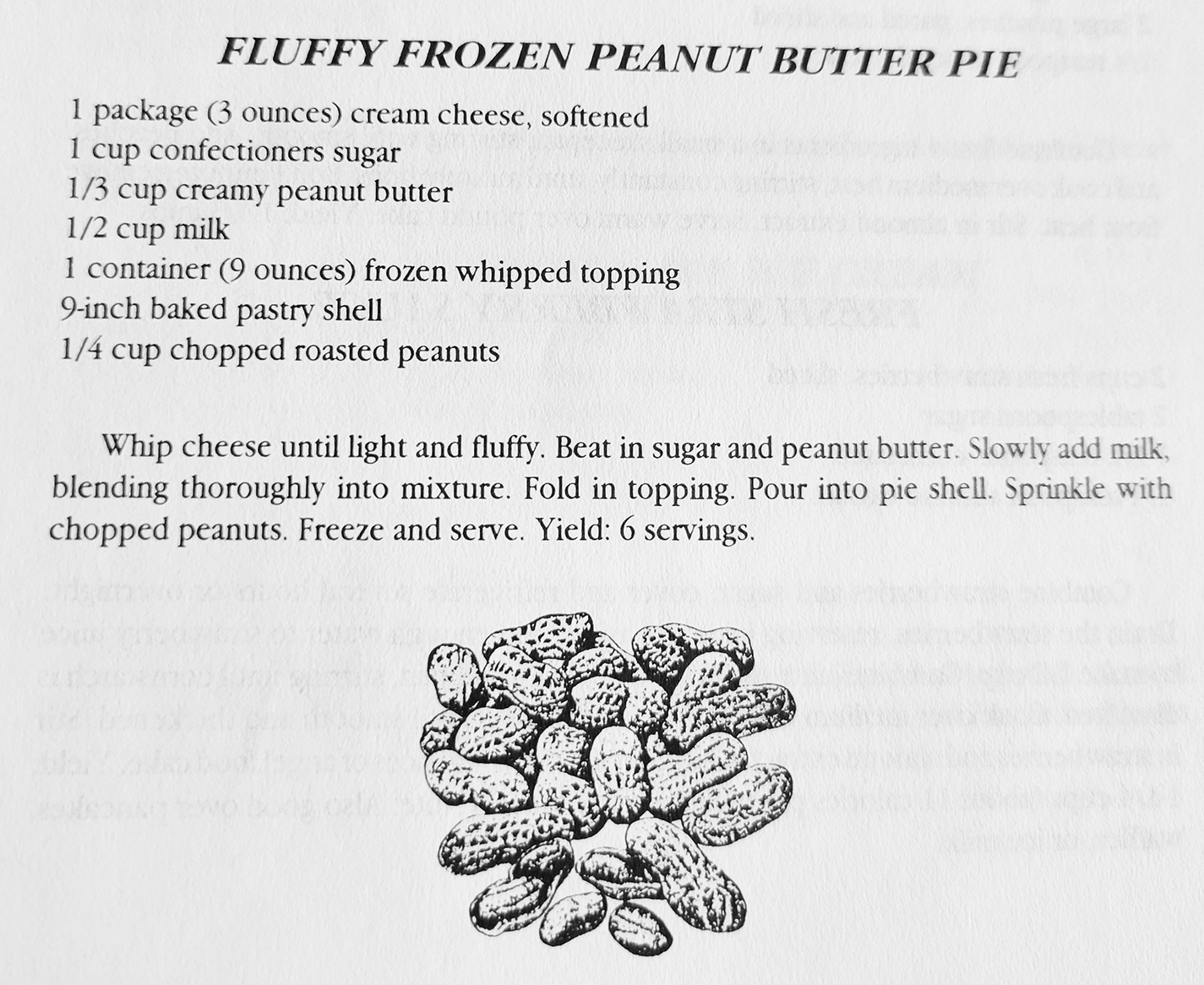
Editor’s note: The Salem Times-Register is pleased to introduce a new weekly feature, Recipe of the Week. It is authored by Shelly Koon, our multi-talented customer service representative.
Our recipe this week involves peanut butter and yes, I did another Google search for the history of peanut butter. In 1985, Dr. John Kellogg (of cereal fame) is credited with creating the first peanut butter paste. He used it as a health food for those who had a hard time eating meat. Peanut butter was first publicly sold at the St. Louis World’s Fair in 1904. During World War II, peanut butter and jelly sandwiches were used by soldiers as portable sustenance during maneuvers. In 1921 a process for making a smooth, spreadable, and shelf stable peanut butter was found. With the invention of sliced bread, children could make their own PB and J sandwiches. When asked in 2020, 90% of American households reported consuming peanut butter. A good source of protein and magnesium, peanut butter is often used as a meat replacement. Peanut butter is good for lowering cholesterol, lowering heart disease, and provides the nine amino acids your body needs. Just two tablespoons of peanut butter contain 191 calories.

During the pandemic, a Yale University doctor devised a test for asymptomatic carriers of COVID-19. Everyone who reported a severe loss of smell using the peanut butter test, later tested positive. A distinctly American invention, we are known for our love of peanut butter. On average, we eat 7.9 pounds of peanut products per year. A peanut butter sandwich is versatile. My dad made his sandwich with a slice of tomato, my friend uses sweet pickles, Elvis added bananas, and I like to mix in maple syrup. How do you make your PB&J?
This recipe for peanut butter pie is truly an American classic. Source: nationalpeanutboard.org




